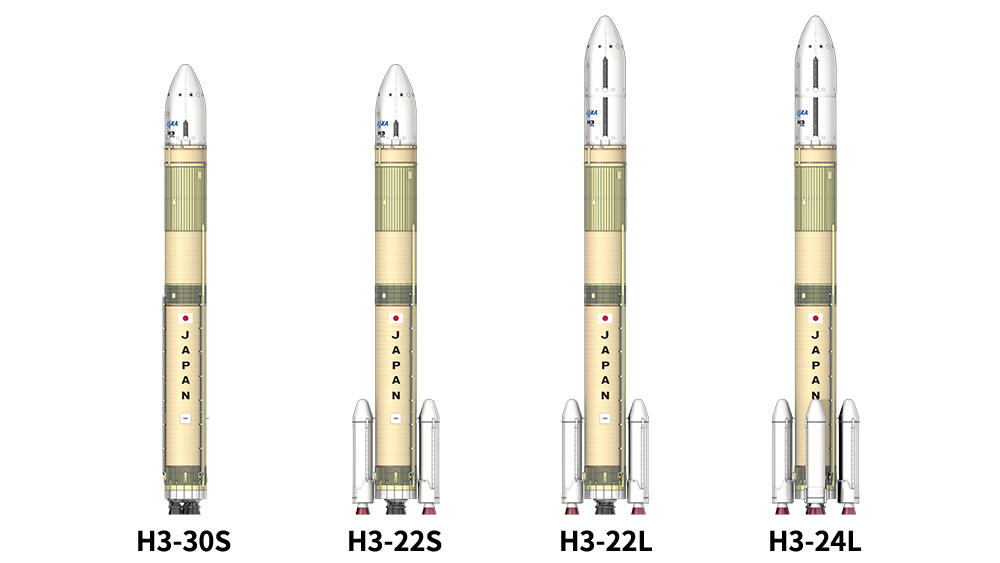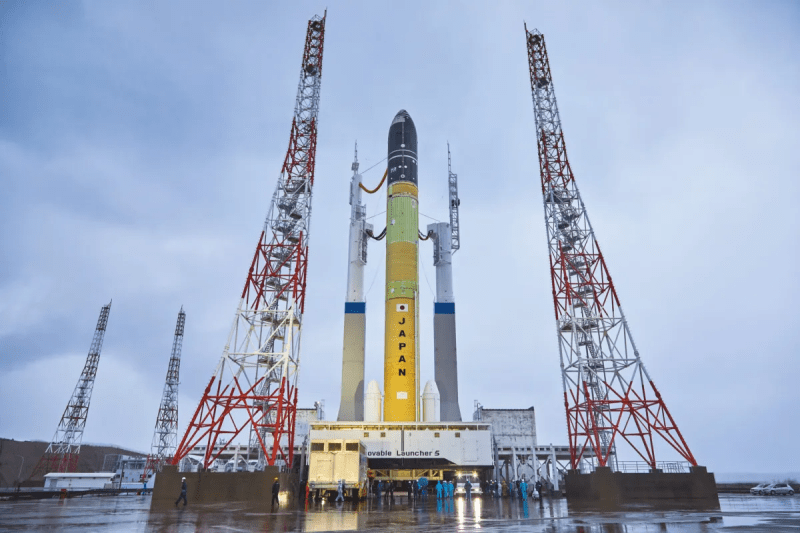Featured image credit: JAXA
Lift Off Time | February 15, 2024 – 00:22 UTC | 09:22 JST |
|---|---|
Mission Name | VEP 4, CE-SAT-1E, and TIRSAT |
Launch Provider | Mitsubishi Heavy Industries |
Customer | JAXA |
Rocket | H3-22 |
Launch Location | LA-Y2, Tanegashima Space Center, Japan |
Payload mass | ~2,675 kg (~5,900 lb) |
Where is the satellite going? | Sun-Synchronous Orbit |
Will they be attempting to recover the first stage? | No, this is not a capability of H3 |
Where will the first stage land? | It will crash into the Pacific Ocean |
Will they be attempting to recover the fairings? | No, this is not a capability of H3 |
Are these fairings new? | Yes |
How’s the weather looking? | TBD |
This will be the: | – 2nd H3 flight – 2nd orbital launch from Japan in 2024 – 11th launch from pad LA-Y2 – 90th launch from Tanegashima Space Center – 31st orbital launch attempt in 2024 |
Where to watch | Official livestream |
What Does All This Mean?
Mitsubishi Heavy Industries is launching the Vehicle Evaluation Payload 4 (VEP 4) payload atop the H3-22S rocket. This payload consists of a non-separable payload simulator and two compact Earth observation satellites. The primary purpose of this mission is to evaluate the performance of the H3 rocket and its payload deployment mechanism.
What Is The VEP 4 Mission?
Massing 2,600 kg, the VEP 4 is a mass-similar payload that will be carried on this flight. It will deploy the CE-SAT-1E and TIRSAT Earth observation satellites.
CA-SAT-1E is an experimental Earth observation microsatellite built and operated by Canon Electronics. The satellite is built on the Hodoyoshi-1 satellite and features an optical imaging system based on the Cassegrain telescope. It is expected that the payload’s operational orbit will be 497 x 517 km at 97.45 degrees and provide a resolution of one meter.
Additionally, TIRSAT is a 3U CubeSat by Japan Space Systems which will be used to test infrared sensors for Earth observation purposes.
What Is The H-3 Rocket?
H-3 is Mitsubishi Heavy Industries’ latest medium-lift launch vehicle, intended to replace the existing H-II rocket. It is a 2 stage rocket, with options for either 0, 2, or 4 solid rocket boosters. Both stages are fueled with liquid hydrogen.

This flight of the H3 is flying in the H3-22S configuration, indicating that it has 2 liquid engines on the first stage, 2 solid rocket boosters, and the shorter payload fairing. This is following the anomaly on the first flight of this vehicle, when the second stage engine failed to ignite.
| Configuration | Solid Rocket Boosters | First stage engines | Fairing size |
| H3-30S | 0 | 3 | Short |
| H3-22S | 2 | 2 | Short |
| H3-22L | 2 | 2 | Long |
| H3-24L | 4 | 2 | Long |
Solid Rocket Boosters
The solid rocket boosters used on the H3 are known as SRB-3, and the design is derived from an earlier booster SRB-A. The propellant is based on polybutadiene. Each motor has a maximum thrust of 2,158 kN (485,000 lbf). The motor has a specific impulse of 283.6 seconds and burns for 105 seconds.
The motor has a length of 14.6 m and a diameter of 2.5 m. It has no thrust vector capability.
First Stage
Depending on the first numeric digit following the hyphen, the first stage has either 2 or 3 LE-9 engines. The LE-9 engine runs on liquid hydrogen and uses the expander bleed cycle. Each engine has a thrust of 1,471 kN (331,000 lbf). The core stage has a 5.2 m diameter.
MHI claims that the LE-9 is the world’s first rocket engine on a first stage with no auxiliary combustion chamber. This is due to its use of the expander bleed cycle.

Second Stage
The second stage is also fueled with liquid hydrogen and uses a single LE-5B-3 engine. This also uses the expander bleed cycle. This stage also has a diameter of 5.2 m.





